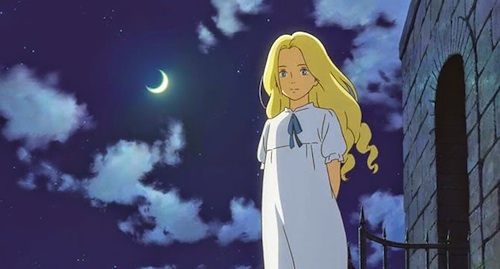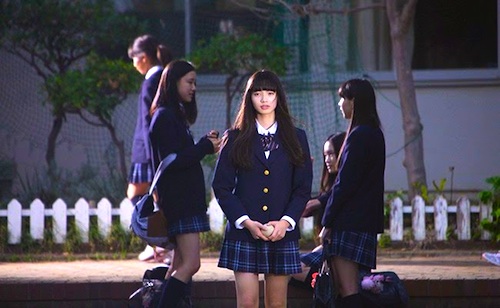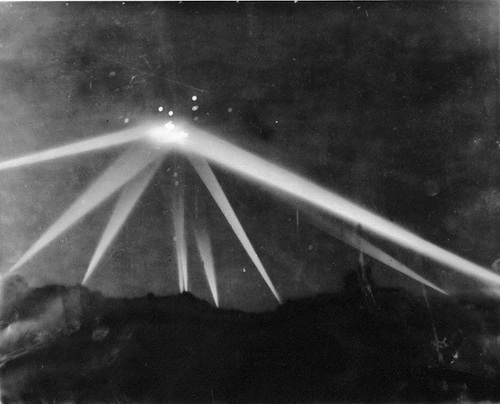By Joe Bendel. It is like a film noir in the middle of an Andrew Wyeth painting, except these are the plains of Saskatchewan rather than the hardscrabble fields of Maine. It is even as quiet as a canvas at times. That can be both good and bad, but at least it suggests some integrity of vision on the part of screenwriter-director Jefferson Moneo when giving his prior short film the feature treatment. Rural Canada gets dark and dangerous in Moneo’s Big Muddy, which screens this weekend at the Catskills’ Mountain Cinema.
Martha Barlow and her current man, Tommy Valente, are no Bonnie and Clyde. Frankly, they are pretty crummy people, who specialize in liquoring up poor slobs to set them up for subsequent home invasion robberies. At least Barlow loves her moody son Andy. She just cannot help surrounding him with chaos. She ain’t seen nothing yet.
Unbeknownst to Barlow, her former lover Donovan Fournier is out to find her, having escaped from his prison farm. Even more ominously, Buford Carver, the horse race fixing gangster who came somewhere between Fournier and Valente, is back in town with a new horse and all kinds of bad intentions. Worried about the influence he exerts over her son, Barlow agrees to meet him at the track, but when Valente crashes the party with a gun and a poorly thought through plan things get very bad, especially for Carver’s prized horse. Suddenly, Barlow and her son are on the run, with a satchel full of Carver’s cash and a couple of highly irritated gangsters on their tail.
The two twains of Muddy will meet in Barlow’s rustic hometown, where she and Andy crash with her less than thrilled old man, Stan. In fact, Moneo handles the intersection of the two major plot lines quite deftly. However, he sure loves character-establishing scenes of Andy and Grandpa stringing up barbed wire fences. The truth is an editor with a free hand could easily trim fifteen or twenty minutes of Muddy without any ill consequences, but that is hardly unusual these days.

Happily, Muddy features the craggy gravitas of Stephen McHattie as Grandpa Stan. As usual, he commands the screen with his forceful badassery. On the other hand, Nadia Litz and David La Haye are not bad per se, but they make the strangest looking couple as Barlow and Fournier. James Le Gros is also reliably villainous, but his Carver seems a bit restrained when it comes to chewing the scenery and talking the trash.
Regardless, Moneo’s strong feel for the lonely, howling plains and Craig Trudeau’s stylish cinematography give Muddy a distinctive pastoral-noir vibe. It can be a bit slow, but it delivers when it needs to. Those who enjoy small town thrillers should find it worth seeing. Recommended accordingly, it has its premiere New York theatrical run this weekend (3/6-3/8) at Mountain Cinema and also just released this week on DVD.
LFM GRADE: B
Posted on March 6th, 2015 at 1:24pm.




